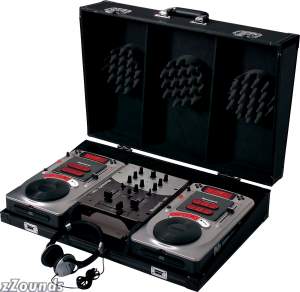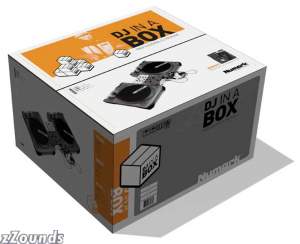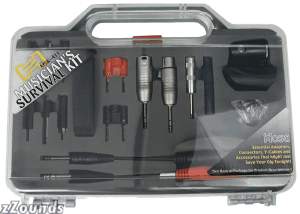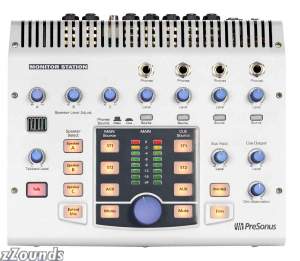3 EASY Payments of $165.00
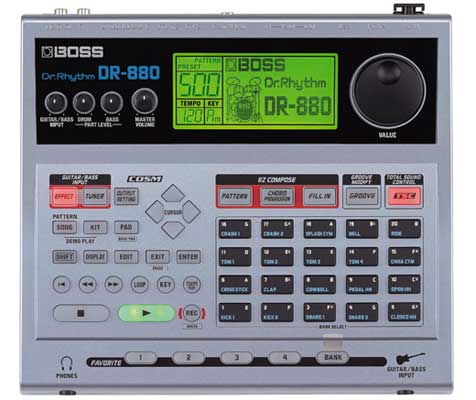
Boss DR-880 Features
440 world-class drum and percussion sounds, 40 bass sounds with COSM bass-amp models
Three independent insert effects (EQ and compression), TSC (Total Sound Control) featuring 3-band EQ and high-quality ambience
1,000 patterns (500 preset, 500 user); easily add fills, ghost notes, chord progressions, and more
20 velocity-sensitive pads
Guitar/bass input, plus multi-effects and COSM amp models
100 effect patches (50 Preset, 50 User) for electric, acoustic, and bass guitars
Four assignable footswitch and expression-pedal inputs
Digital and individual outputs; USB port for importing SMFs
Boss DR-880 Details
World-Class Sounds
A remarkable new collection of top-quality, custom sounds was created for the DR-880. But Boss didn’t stop there; some of the most famous sounds from their renowned Roland SRX library were added to the DR-880’s sound-set, as well as electric and synth bass sounds. From rich, sparkling studio drums and deep-dish electronic kits to standard and exotic percussion instruments, a world of rhythm and groove is at your fingertips.
Direct Guitar/Bass Input
Guitar and bass players can join the action by plugging directly into the DR-880’s Guitar/Bass Input jack. Guitarists can play through the built-in COSM Drive/Amp models, and multi-effects such as chorus/flanger/phaser, delay, and reverb. For acoustic guitar, the DR-880 offers an Acoustic Processor, chorus, and reverb. For bass players, the compressor/limiter, chorus/flanger/phaser, delay, and COSM® bass amp models will help you cook up extra-tasty bass lines.
EZ Compose
You can get microscopic with the DR-880, but you also have the option of taking the simple route with its three EZ Compose buttons on the front panel, which allow original patterns to be constructed without note-by-note programming hassles. Using the Pattern mode, you can select and combine pre-programmed phrase combinations to create new patterns. Press the Chord Progression button to select chord-progression templates. With the Fill-In button, you can select phrases from the Fill-In library, and insert them into the pattern. The library contains a variety of phrases, ranging from simple fills to bombastic breaks.
Connectivity
Play through headphones or route your signal from the DR-880 directly to your choice of recording input or amplification, including outboard guitar amps. Quick output adjustments can be made in the Output Select mode to facilitate proper connection to the outside world. Two individual Outs allow independent output of backing tracks and guitars, or independent output of kick and snare. The DR-880 has two stereo footswitch/controller inputs; a maximum of four footswitches can be connected using stereo 1/4" cables (sold separately). One of the footswitch/controller jacks supports expression pedal input, so you can connect an EV-5 (sold separately) to control guitar volume, or play wah effects. The DR-880 also has a S/PDIF digital out and a USB port for MIDI interfacing and SMF Data import.
Groove Modify
Take your grooves even deeper with the Groove Modify feature, which applies various groove and triplet feels to your patterns. Simply select the templates that are included, and inject realistic feels to static patterns. Ghost notes can also be added automatically by selecting the ghost-note phrases that are preset in the DR-880.
ITs a real simple machine to use, Fun to play and great to have.
Make any type of beat, Hip hop, Trance, and even Rock.


